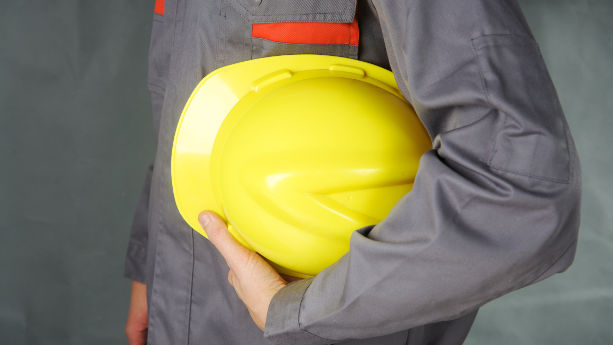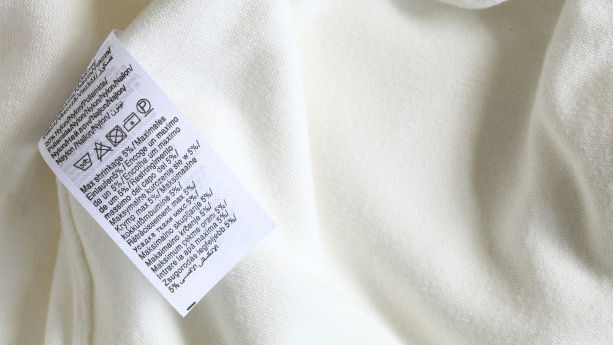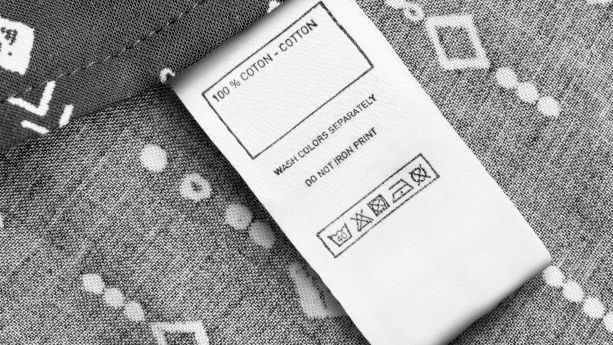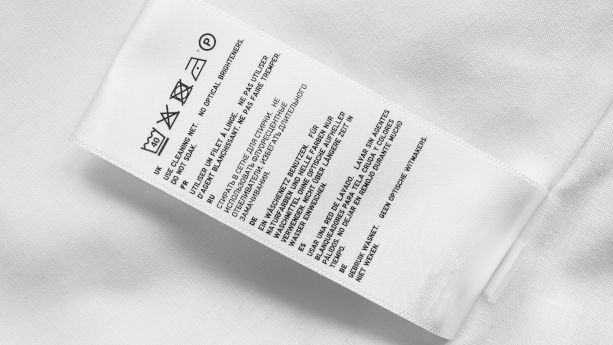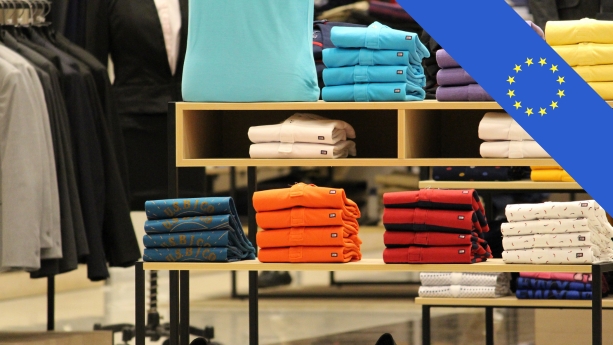
Companies selling certain textile products in the European Union will be required to register with EPR schemes and contribute to the costs of collecting and recycling textile waste. In this guide, we piece together information from the amendment text and statements from the European Union.
Note that this guide will be continuously updated.
Continue reading EU Textiles Extended Producer Responsibility (EPR) Requirements























